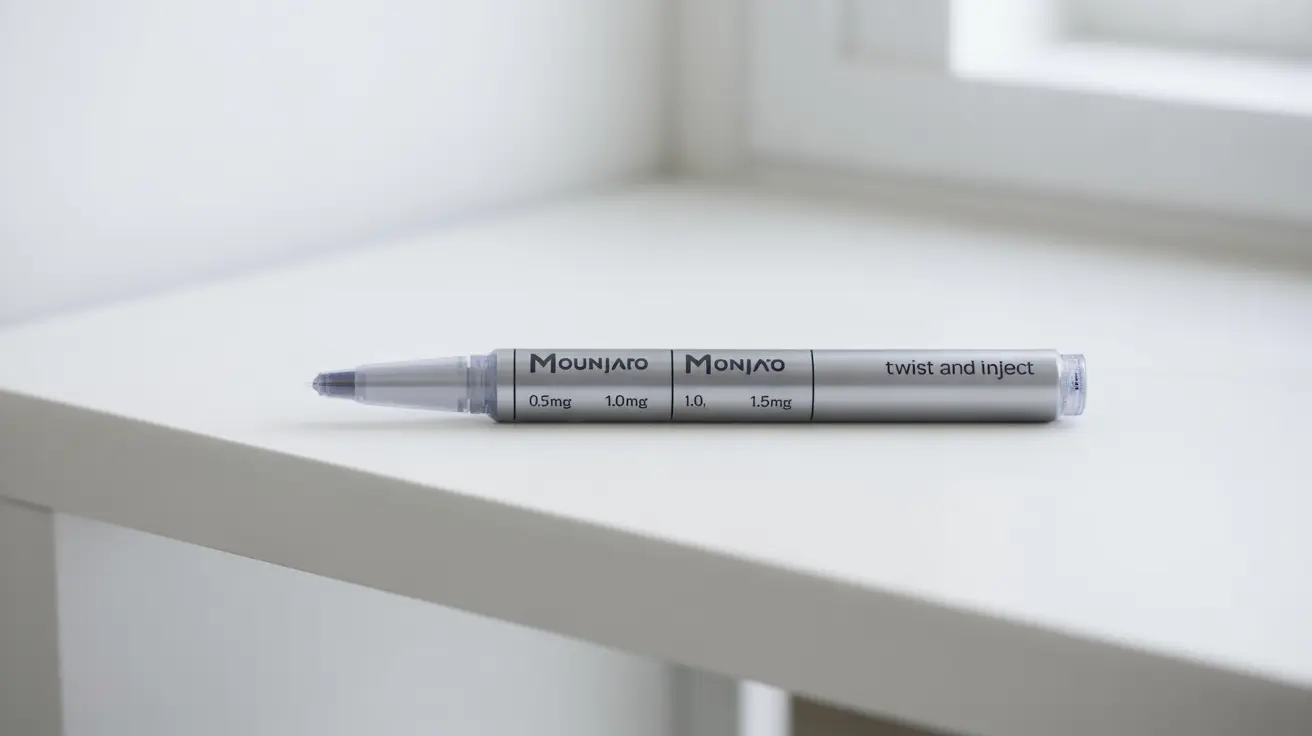GetLabTest News
Symptom Analysis
Interpreting Test Results
Diseases & Symptoms
Health Queries Answered
All
Latest
How to Be a Better Person and Be Happy: A Complete Guide to Personal Growth
Explore essential strategies on how to be a better person and be happy through mindfulness, empathy, and personal growth techniques.

Discover Baby Botox, a gentle and natural-looking treatment option for subtle facial rejuvenation and anti-aging care.
Health Queries Answered
min read

Explore if protein helps with muscle soreness and discover recovery tips backed by science.
Health Queries Answered
min read

Discover the health benefits of Mediterranean food and learn how to incorporate this nutritious diet into your lifestyle.
Health Queries Answered
min read

Discover how to buy Mounjaro for sale legally and safely online with our comprehensive guide.
Health Queries Answered
min read

